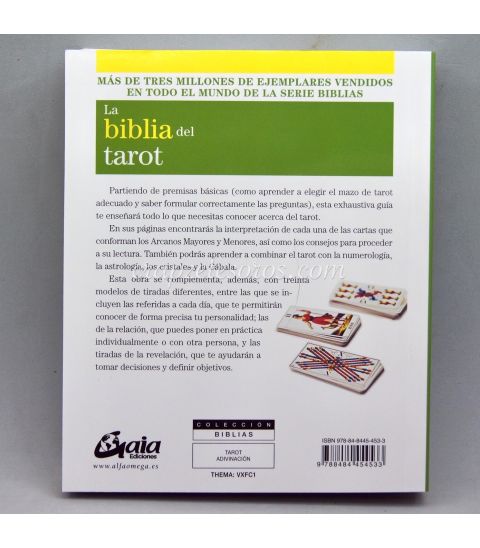
This is important because like Tarot as Your Companion by Hajo Banzhaf and Elisa Hemmerlein, Bartlett incorporates these positions into her tarot card meanings, which I just love. The positions are: you now, blockages and the future. This looks to be taken from the small cross of the Celtic Cross Spread.

Chapter 4 – The Key to Interpreting SpreadsĬhapter 1 looks at tarot history, choosing a deck, taking care of it, shuffling, drawing cards and introduces Bartlett’s infamous ‘card positions’ from the Tarot Bible.


The difference between these two books is that The Key to Tarot is purely tarot focused and besides a nod to ‘astrological affinities and numbers’, there are no secondary subjects. The tarot card meanings are mostly identical, though often reworded and there are a number of tarot spreads that have made it to both books.

Looking through both of her books reveals much repeated material, albeit redressed for this latest edition. While small in size, that book has just over 400 pages and covers secondary subjects to tarot, numerology, astrology, kabbalah, esotericism, to name but a few. It’s easy to understand and will be accessible to all levels of readers, though this book really is aimed at the beginner.īartlett has written a number of books but her most famous is surely the ubiquitous, Tarot Bible. While Waite’s book is written in his famously meandering and spiritually elitist style, Sarah Bartlett’s book is clear, concise and above all, readable. It’s very close to Arthur Edward Waite’s The Key to the Tarot, later to become the Pictorial Key to the Tarot. When I first saw the title for this book, I thought it was really clever, from an internet search point of view.


 0 kommentar(er)
0 kommentar(er)
